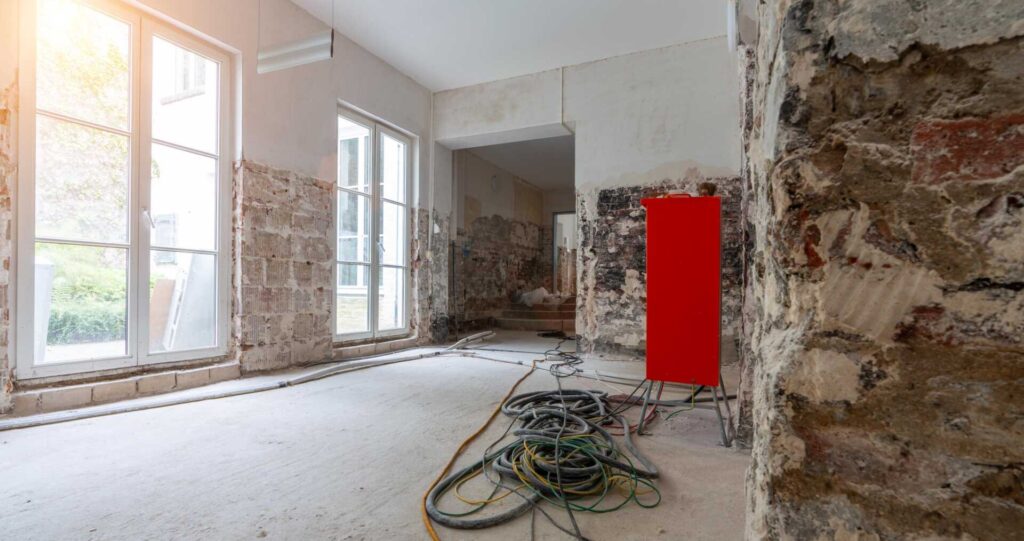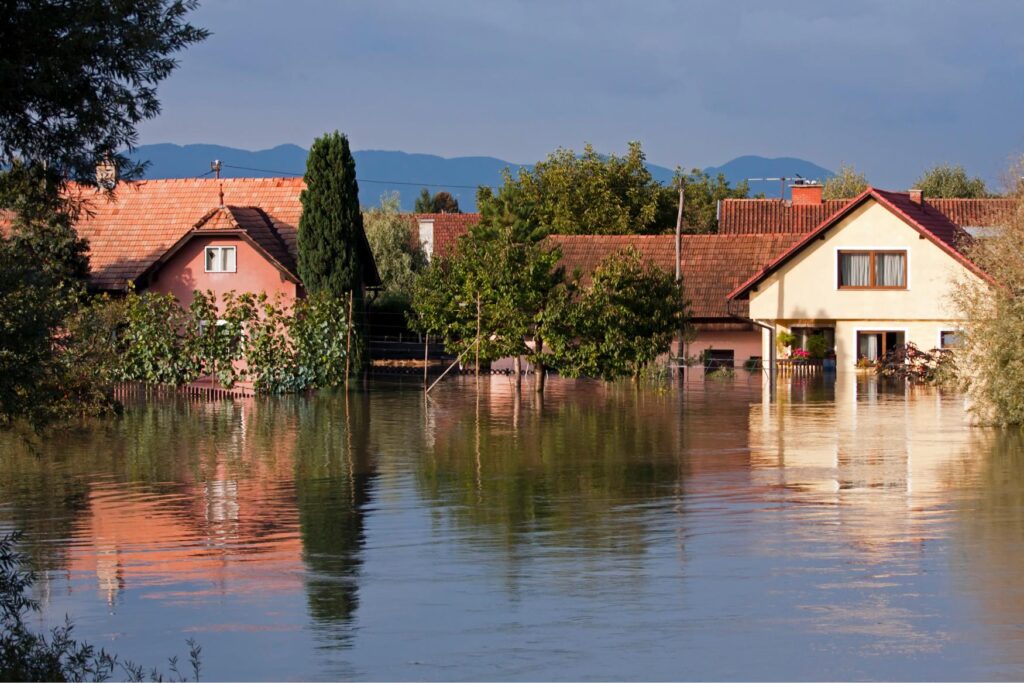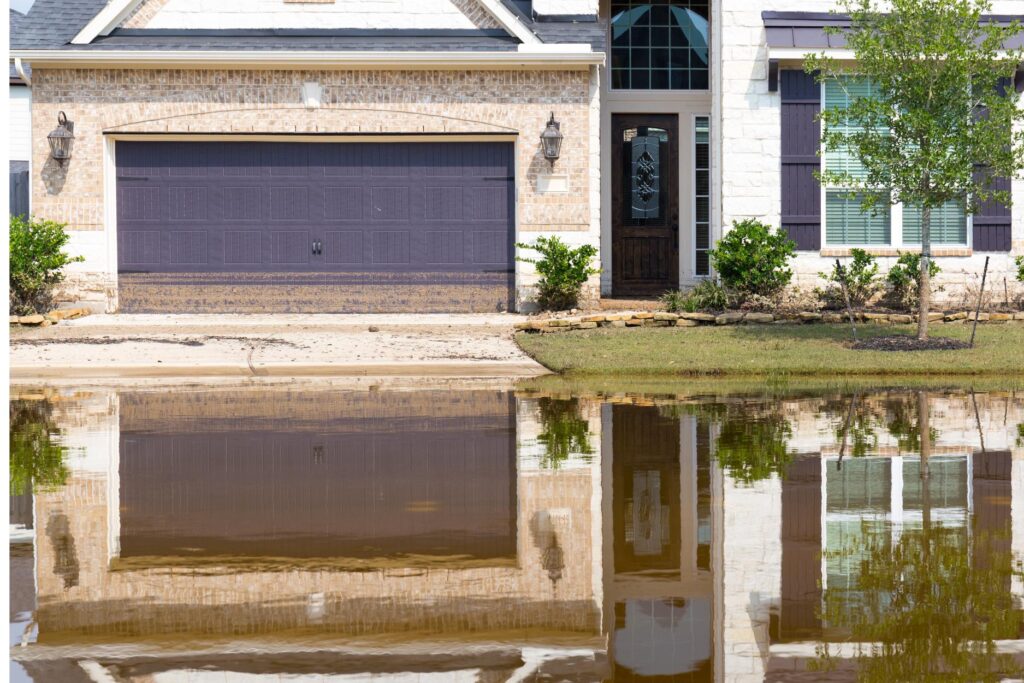Contents
You might think metal sheds are sturdy and durable, but have you ever wondered why they are so prone to rust? The answer lies in the materials used, which have a natural tendency to corrode. However, there’s more to it than just the metal composition. Understanding the environmental factors and maintenance practices that contribute to rust formation is crucial in prolonging the lifespan of your metal shed. So, what can you do to protect your shed from this common issue? Stay tuned to uncover the best rust prevention methods and safeguard your outdoor storage space.
Key Takeaways
- Steel composition is prone to rust due to iron content.
- Oxygen and moisture react with metal, causing rust.
- The lack of protective coatings exposes the metal to oxidation.
- High humidity and water exposure accelerate rust formation.
- Improper maintenance practices contribute to rust development.
Metal Composition and Rust Formation
Metal sheds are susceptible to rust due to the composition of the metal used in their construction. The properties of the metal play a crucial role in the formation of rust on these structures. Most metal sheds are typically made from materials such as steel or iron, which are prone to oxidation when exposed to moisture and oxygen. This oxidation process leads to the formation of rust, compromising the structural integrity of the shed over time.
Steel, a common material used in metal sheds, contains iron as the primary metal component. Iron is highly susceptible to rusting due to its chemical properties. When iron is exposed to oxygen and moisture, a chemical reaction occurs, leading to the formation of iron oxide, commonly known as rust. This process accelerates in the presence of salt, which is often found in the air in coastal regions or areas where de-icing salts are used.
To prevent rust formation in metal sheds, various rust prevention methods can be employed. One effective method is to apply a protective coating, such as paint or a rust-resistant primer, to the metal surface. These coatings act as barriers, preventing oxygen and moisture from coming into direct contact with the metal.
Regular maintenance, including inspecting the shed for any signs of rust and promptly addressing them, can also help prolong the lifespan of the structure. By understanding the properties of the metal used in construction and implementing proper rust prevention techniques, you can effectively combat rust formation on your metal shed.
Environmental Factors Impacting Rust
Moisture and oxygen are key environmental factors that play a significant role in accelerating rust formation in metal sheds.
When moisture comes into contact with metal surfaces, it creates an ideal condition for oxidation to occur, leading to the corrosion of the metal.
Similarly, exposure to oxygen promotes the chemical reaction that results in the breakdown of the metal’s surface, making it more prone to rust.
Moisture Accelerates Rust
Exposure to high humidity levels in the surrounding environment greatly accelerates the process of rust formation in metal sheds. Moisture acts as a catalyst for the chemical reactions that lead to rust, causing metal deterioration at a faster rate.
Here are five key reasons why moisture accelerates rust in metal sheds:
Condensation: When moist air comes into contact with a metal surface, it can lead to the formation of water droplets, providing a perfect breeding ground for rust.
Standing Water: Pools of water that accumulate on or around a metal shed due to poor drainage can continuously expose the metal to moisture, speeding up the rusting process.
Humidity Levels: High humidity levels in the air increase the moisture content that comes into contact with the metal, promoting rust formation.
Capillary Action: Moisture can be drawn into crevices and imperfections in the metal surface through capillary action, accelerating rust in hard-to-reach areas.
Lack of Ventilation: Inadequate ventilation within a metal shed can trap moisture inside, creating an environment conducive to rust development.
Oxygen Exposure Causes Corrosion
High levels of oxygen exposure in the surrounding environment play a significant role in causing corrosion on metal sheds, impacting the rate of rust formation. When metal is exposed to oxygen, a process known as oxidation occurs. This oxidation leads to the formation of rust on the metal surface, weakening its structure over time. To prevent this corrosion and extend the lifespan of your metal shed, it is essential to implement effective rust prevention methods.
To better understand how oxygen exposure contributes to rust formation and how to combat this issue, let’s delve into the following table showcasing the relationship between oxygen exposure, metal oxidation, and rust prevention:
| Factors | Impact on Metal Sheds |
|---|---|
| High Oxygen Levels | Accelerates Metal Oxidation |
| Metal Oxidation | Promotes Rust Formation |
| Rust Prevention | Essential for Prolonging Shed Life |
| Regular Maintenance | Key to Minimizing Rust Damage |
Lack of Protective Coatings
To prevent rust formation on metal sheds, it’s essential to apply protective coatings that act as a barrier against corrosive elements. When protective coatings are absent or deteriorate over time, the metal surface becomes vulnerable to rust, leading to structural weakening and aesthetic degradation.
Here are some key reasons why the lack of protective coatings contributes to the rusting of metal sheds:
Surface Preparation: Properly preparing the metal surface before applying protective coatings ensures better adhesion and coverage, enhancing the coating’s effectiveness in preventing rust.
Selection of Coating Material: Choosing high-quality coatings designed for metal surfaces increases their durability and resistance to corrosion, providing long-lasting protection.
Application Technique: Applying coatings following manufacturer guidelines ensures uniform coverage, minimizing weak spots where rust can develop.
Regular Maintenance: Inspecting and recoating metal sheds periodically helps maintain the integrity of the protective layer, extending the shed’s lifespan.
Environmental Factors: Exposure to harsh weather conditions and pollutants can accelerate the deterioration of protective coatings, emphasizing the need for regular inspections and maintenance.
Water and Moisture Exposure
Water and moisture accelerate the rusting process of metal sheds. When metal is exposed to water and moisture, a series of chemical reactions occur, leading to metal corrosion. This corrosion weakens the shed’s structure, making it more prone to rust and deterioration over time. To prevent this, it’s crucial to understand how water and moisture exposure contribute to metal corrosion and implement effective rust prevention strategies.
| Effects of Water and Moisture Exposure on Metal Sheds | Emotion Evoked |
|---|---|
| Accelerates rusting process | Concern |
| Increases likelihood of metal corrosion | Frustration |
| Weakens the structural integrity of the shed | Discontent |
Metal sheds are particularly vulnerable to rust when constantly exposed to rain, snow, or high humidity levels. The presence of moisture creates a conducive environment for rust to develop, especially in areas where the protective coating has worn off. To combat this, regularly inspect your metal shed for any signs of corrosion and apply rust-prevention treatments such as sealants or paints. By taking proactive measures to address water and moisture exposure, you can prolong the lifespan of your metal shed and maintain its structural integrity for years to come.
Improper Maintenance Practices
Constant exposure to environmental elements can exacerbate the effects of improper maintenance practices on the structural integrity of metal sheds. Proper maintenance is crucial for preventing rust and ensuring the longevity of your metal shed.
Here are some maintenance tips to help you avoid rust issues:
Regular Cleaning: Dirt and debris can trap moisture against the metal surface, accelerating rust formation. Regularly clean your shed with a mild detergent and water to remove any buildup.
Inspect for Damage: Check for scratches, dents, or chipped paint regularly. These areas are more prone to rust as they expose the metal to the elements.
Repainting: If you notice any areas where the paint has worn off, promptly repaint those spots to provide a protective barrier against moisture.
Proper Ventilation: Ensure good airflow within the shed to prevent condensation, which can promote rust formation.
Avoid Harsh Chemicals: When cleaning your shed, avoid using harsh chemicals that can damage the metal surface or strip away protective coatings.
Best Rust Prevention Methods
Implementing a proactive rust prevention strategy is essential for maintaining the condition of your metal shed over time. To ensure the longevity of your shed, utilizing rust inhibitors and surface treatments is crucial. Here are some of the best methods for preventing rust on your metal shed:
| Method | Description | Benefits |
|---|---|---|
| Rust Inhibitors | Chemical compounds that impede rust formation on the metal surface. | Prevents oxidation and corrosion. |
| Surface Treatments | Coatings or paints applied to the metal surface to create a barrier against moisture and corrosion. | Enhances the shed’s aesthetics and durability. |
| Galvanization | Coating the metal with a layer of zinc to protect it from rust and corrosion. | Provides long-lasting protection against the elements. |
| Powder Coating | A dry finishing process where a protective layer is electrostatically applied to the metal surface. | Offers a durable and attractive finish. |
| Oil-Based Coatings | Coatings containing rust inhibitors that create a protective film on the metal surface. | Effective in preventing rust in harsh environments. |
Review
Now that you understand why metal sheds are prone to rust, it’s crucial to implement effective rust prevention methods to prolong the life of your shed.
By addressing environmental factors, applying protective coatings, and practicing proper maintenance, you can significantly reduce the risk of rust formation and preserve the structural integrity of your metal shed.
Stay proactive in combating rust to ensure the longevity and durability of your outdoor storage solution.




